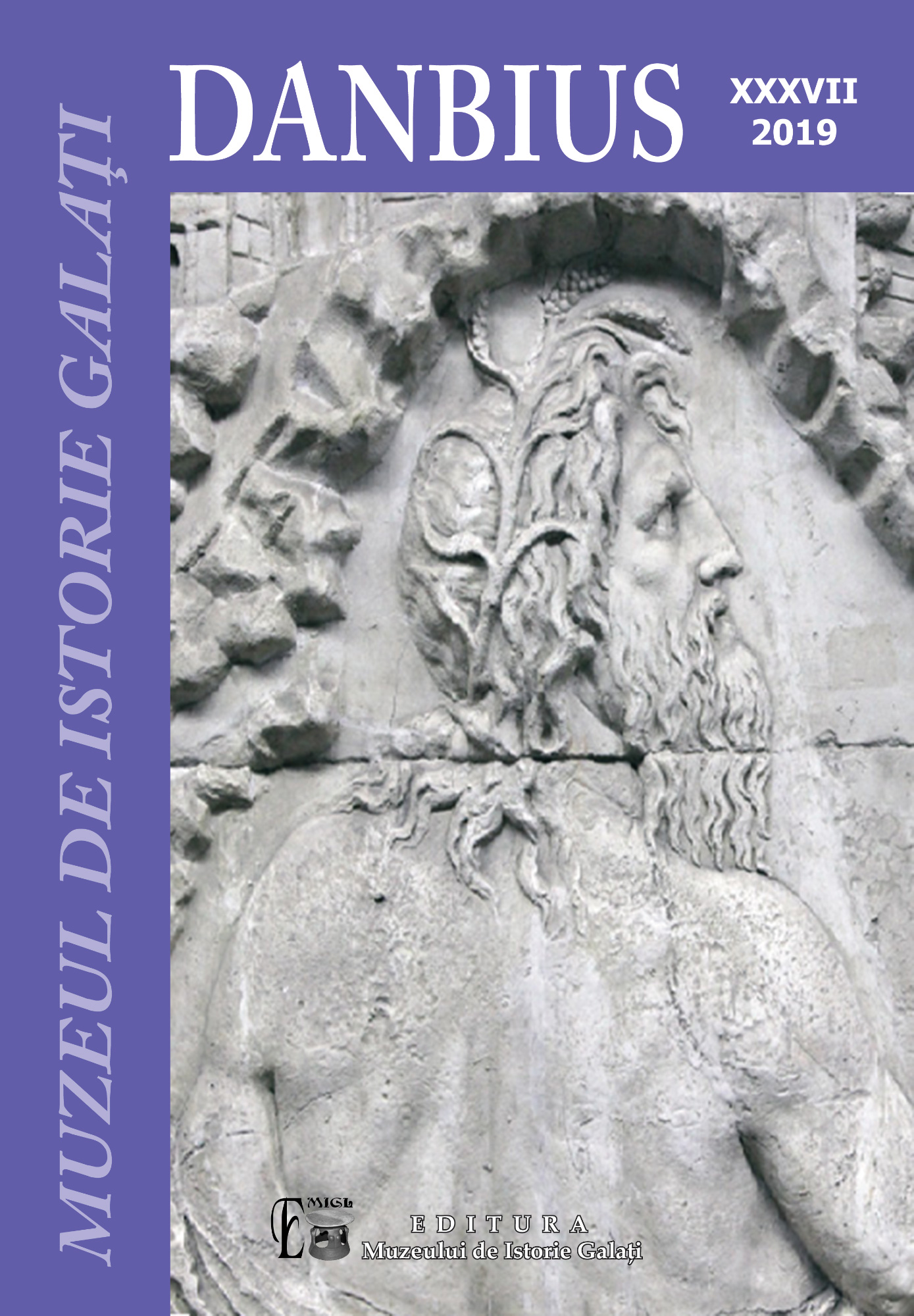Prolegomene la un bestiar mitologic al basmului fantastic românesc. Câinele
Prolegomena to the Romanian Mythological Bestiary. The Dog
Author(s): Costel CioancăSubject(s): History, Cultural history
Published by: Muzeul de Istorie „Paul Păltănea” Galaţi
Keywords: hermeneutics; myth analysis; mythological bestiary; Romanian fairytale; dog;
Summary/Abstract: The importance of the dog in the history and evolution of homo sapiens sapiens is obvious. The metamorphosis of this wild animal (via Wolf) into a domestic one, which became a defender of man and his goods against wild beasts, was and still is a time-consuming process. Able to “translate and articulate the ideas-force (the ideological dimension) and the mythical traces (the mythical dimension: mythologemes, fundamental myths)”, after the formulation consecrated by J.-J. Wunenburger, the imaginary is the one called and entitled to draw, archive and analyze the relationships between man and dog, throughout the millennia of interrelation. Conceptually, there are two obligatory notes to be highlighted in the preamble of the present study. Both are targeting the imaginary structure and the anthropological dimension given to this animal by the archaic-traditional mentality. First of all, it must be said that the present study continues the series of studies dedicated to the animals with which the traditional community was in direct contact, the methodological type used in the other studies being kept entirely. As such, the mythological dossier follows the mythofolklorical one. Then, it approached the presence, valences and symbolism given to the dog in the fairy tale. All this being followed, naturally, by a series of conclusions. Secondly, given the ideological complexity in which this animal was placed by the traditional imaginary, we have to check whether the human-dog relationship - generally perceived as sincere, profound and perfectly functional, the dog being considered as the most devoted to man among all animals - is a product of our mythic-imaginary sensibility or we can / should talk about just (another) cultural good taken from nature? We have to see what are the attributes and forms of cultural valorization of this animal in the Romanian fairy tale. Are the experiences from the field of the collective imaginary (aesthetic) or do they involve, concealed, something of the dimensions/structures of mythical type (narrative reflexivity)? All the presence of this animal in the Romanian fairytale is a syncretic product or can we detect signs of successive interventions on the initial cultural contents (symbolic)? The article displays a functional perspective, without issuing inoperative hypotheses or preconceived premises.
Journal: Danubius
- Issue Year: XXXVII/2019
- Issue No: 1
- Page Range: 261-298
- Page Count: 38
- Language: Romanian

